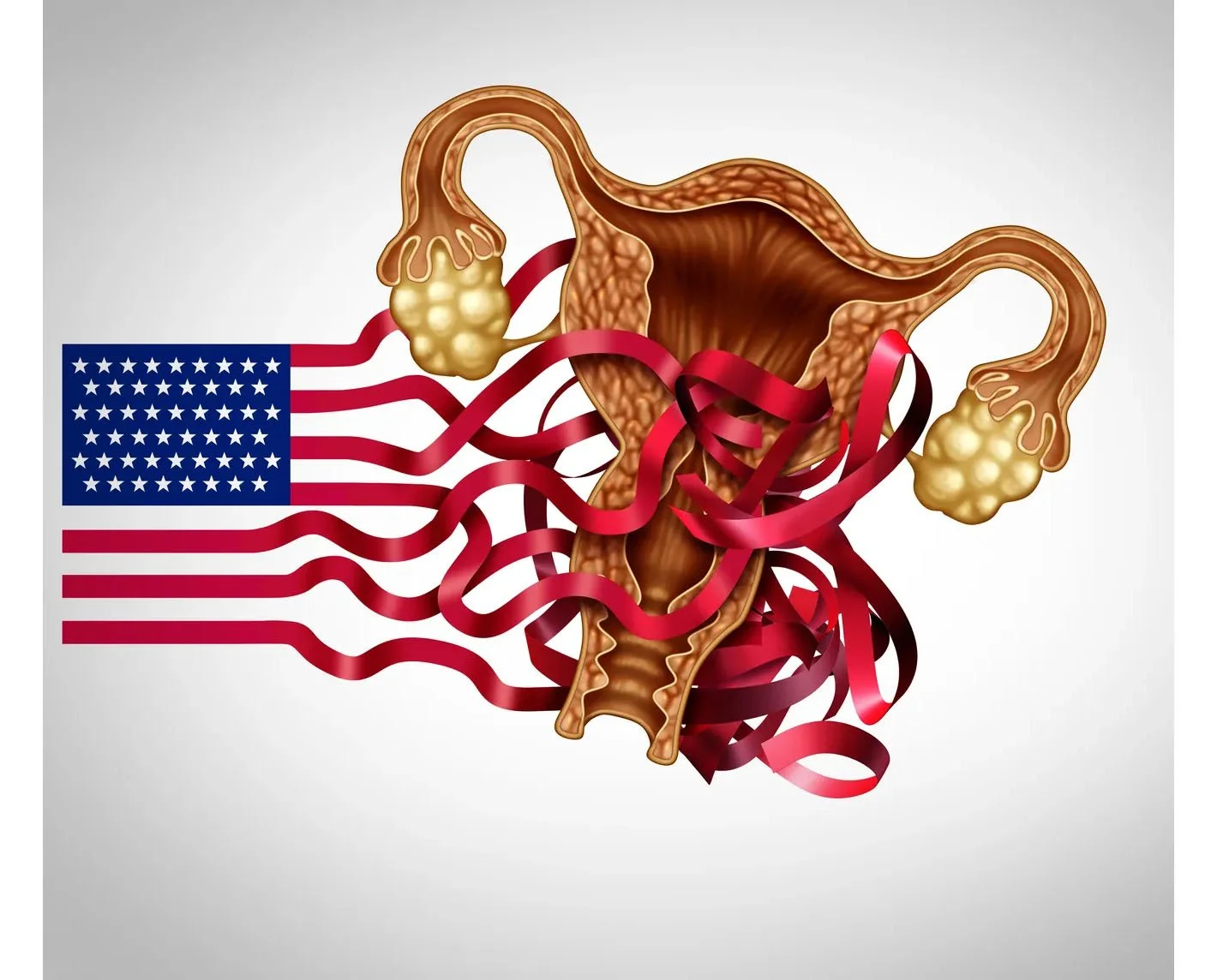The Right to Bear
Dear Leading Ladies,
We thought we had a handle on what Reproductive Rights means, only to realize it keeps changing.
The term was preceded by the Birth Control Movement, spearheaded by Margaret Sanger, the woman behind knocking down the Comstock Laws, which made it illegal for women to use birth control to prevent pregnancies in the early 20th century. Her work providing contraception was primarily with working class women, often of color or from Eastern Europe, though the benefits were available to those of all social strata. Her new term, birth control, put a positive spin on what was being offered. We need not go into her proclivity for eugenics, though it is worth noting that forced sterilizations and abortions were performed on Black women and others considered inferior during this same time period. On the bright side, Sanger’s work eventually became Planned Parenthood, and she helped usher in a new era for women.
Hnn.us
The next advance in broadening women’s control over their own bodies began around 1967 with a major drive for abortion rights. As we all know, the landmark Roe v. Wade ruling by the Supreme Court in 1973 overturned state laws that criminalized abortions and determined that the right to abortion was protected under the Constitution. It is often forgotten that abortion was legal, and not uncommon, for years before the Constitution. As we also know, in 2022 the U.S. Supreme Court overturned Roe v. Wade in Dobbs v. Jackson Women's Health, leading to the outlawing of abortion in many states already.
As we consider the timeline from the Birth Control Movement to the Abortion Movement and the Reproductive Rights Movement, we wanted to look also at the term Reproductive Justice, coinied at a national pro-choice conference by an informal Black Women's Caucus that met at the Illinois Pro-Choice Alliance in Chicago in 1994.
The term “aimed to challenge how inequality shapes peoples’ decision making about childbearing and parenting. By making visible the web of apparently disparate policies that together form a totalizing system of containment, those of us who framed this phrase expanded the meaning of population control to recognize practices that—regardless of intent—limit reproductive options for women of color, indigenous people, immigrants, and other marginalized communities. Nonbiological public policies that have an economic impact, particularly on vulnerable women, are rarely explored in the over-simplified debates on abortion. In contrast, the reproductive justice framework highlights economic reproductive oppression.”
We tried valiantly to find the first time the term Reproductive Rights was used, and by whom, all to no avail. Some sources referred to Sanger’s work as that of the Reproductive Rights Movement, though it was usually called the Birth Control Movement and we could find no example of her ever saying Reproductive Rights. Some seem to use Reproductive Justice and Reproductive Rights interchangeably, but most indicate that Reproductive Justice is a movement to protect primarily the rights and health of women of color, “adopting a human rights framework.”
istock
So, back to Reproductive Rights. What started as a movement to legalize birth control and make it available to women expanded to a movement to legalize abortion. And, now, as it expands to include in vitro fertilization, artificial insemination, and surrogacy, reproductive rights are at risk again.
So many of us have children or grandchildren who are here because new techniques allowed us or our children or daughters-in-law to become pregnant; our sons to have children with their partners; our friends to become parents or grandparents. “According to the Center for Disease Control, the number of embryo transfer cycles using gestational carriers increased from 2,841 in 2011 to 9,195 in 2019. In 2020, the number decreased to 7,786.” According to the US Department of Health and Human Services, “In 2021, 86,146 infants born (or 2.3% of all infants born in the U.S.) were conceived through the use of ART.” ART are fertility treatments, “including assisted reproductive technology (ART) procedures such as in vitro fertilization (IVF), that allow those who experience infertility a potential path to expand their families.”
That’s a lot of children who are very wanted by prospective parents.
So, just to be clear. Reproductive Rights are not just about contraception or even abortion anymore. These rights have moved beyond access to the morning after pill and the very dire prospects of having to travel across state lines to terminate a pregnancy that is not wanted, was caused by rape, or is not affordable. Reproductive Rights now include the right to pursue fertility treatments that can allow couples – and singles – to have families with children they will love and cherish all the days of their lives.
All that is on the line this November.
And oh so much more. But we thought this was worth a thought.
Therese (she/her/hers)
Judy (she/her/hers)
Didi (she/her/hers)
Leading Ladies Executive Team


